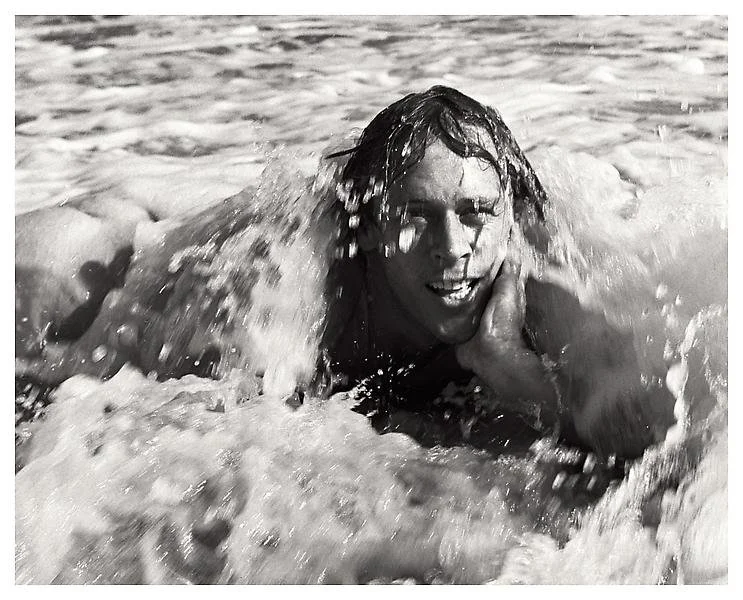Art History- Peter Hujar
1934-1987
Like many artists Photographer Peter Hujar found his way to Fire Island. He died of AIDS in 1987, leaving behind a complex and profound body of photographs.
He was a leading figure in the group of artists, musicians, writers, and performers at the forefront of the cultural scene in downtown New York in the 1970s and early ’80s, and was enormously admired for his completely uncompromising attitude towards work and life. He was a consummate technician, and his portraits of people, animals, and landscapes, with their exquisite black-and-white tonalities, were extremely influential.
Highly emotional yet stripped of excess, Hujar’s photographs are always beautiful, although rarely in a conventional way. His extraordinary first book, Portraits in Life and Death, with an introduction by Susan Sontag, was published in 1976, but his “difficult” personality and refusal to pander to the marketplace ensured that it was his last publication during his lifetime.
As early as 1956, Hujar began taking photographs that showed signs of his particular style and point of view. After meeting artist Joseph Raffael, Hujar accompanied him on a Fulbright to Italy, where he took many photos.
Peter Hujar & Joseph Raffael Fire Island 1956-57
In 1963, Hujar secured his own Fulbright and returned to Italy where he explored and photographed the Palermo catacombs. On this trip, Hujar was accompanied by his lover Paul Thek who would be one of the important relationships of his life.
His most widely known pieces, a 1975 portrait of friend Susan Sontag lying on a bed and Candy Darling on her Deathbed – Darling, also a friend, was born James Lawrence Slattery and was part of Andy Warhol’s superstar set — exemplify this approach: Hujar gets us close to both, but we are never too intimate. As Sontag stares into the distance, and Darling beyond us, it is as if they are detached from their surroundings. And though posed, neither is performing.
It is often said that death was not far from his lens. As a gay man living through the height of the AIDS crisis in New York, he was part of a community that came face to face with its own mortality. Indeed, the single book he published in his lifetime, Portraits in Life and Death, contains an introduction by Sontag where she says that photography “converts the whole world into a cemetery.”
Peter Hujar’s Illicit Photographs of New York’s “Cruising Utopia.”
Oliver Shultz, who has curated an online exhibition of the artist’s photography for Pace Gallery in 2020..

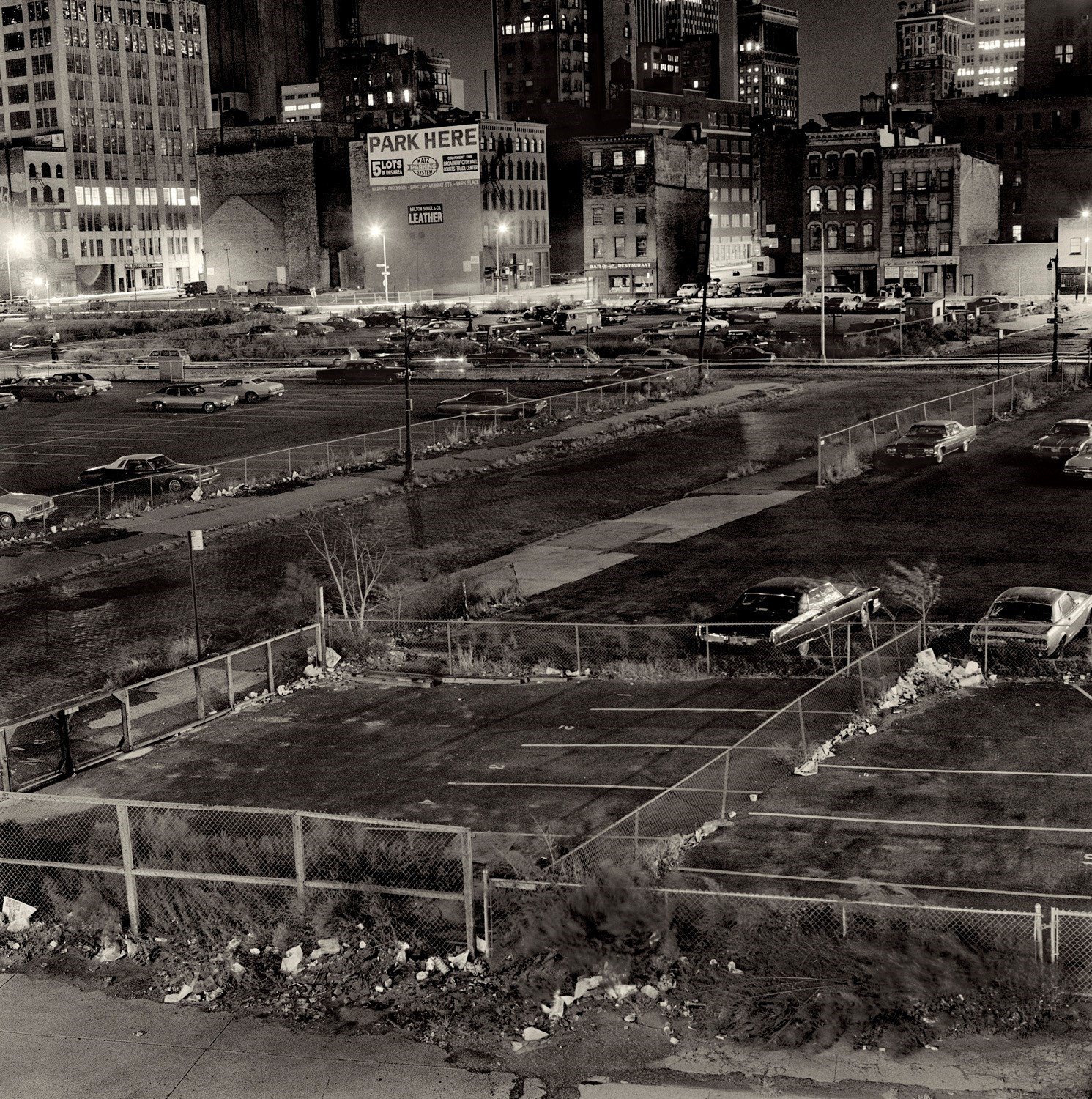

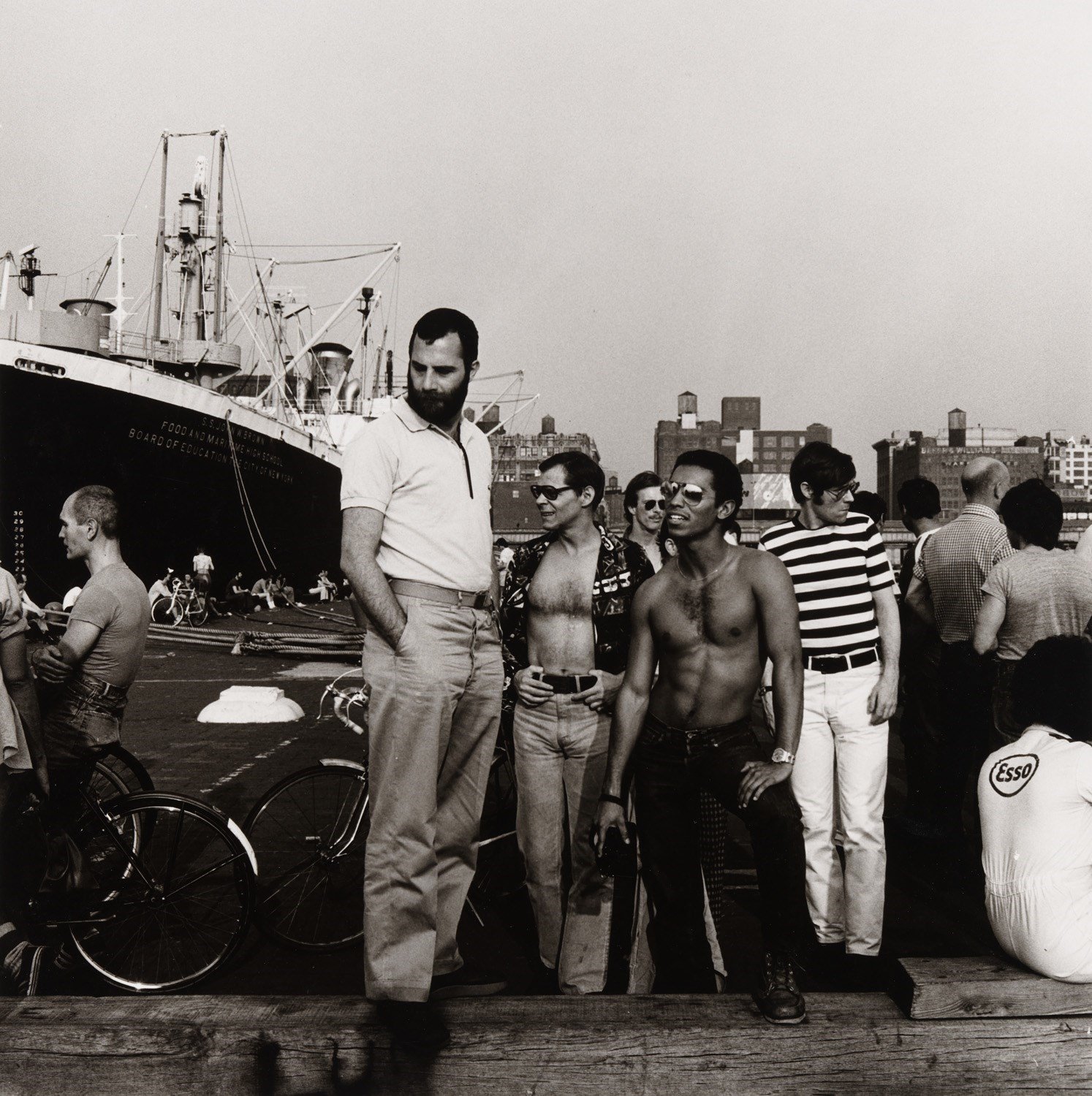
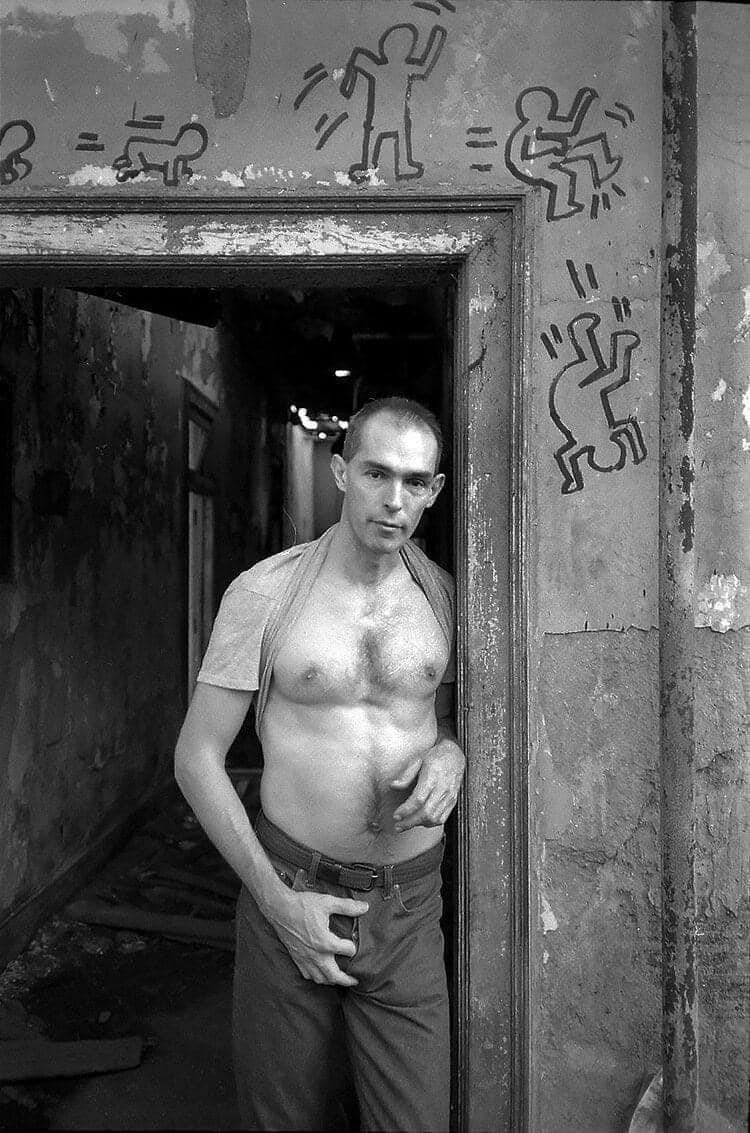
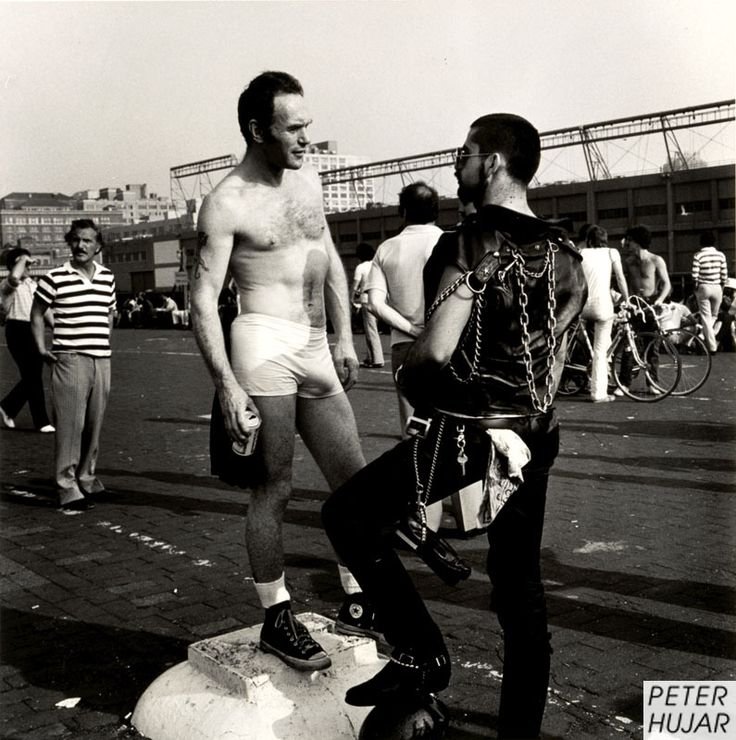
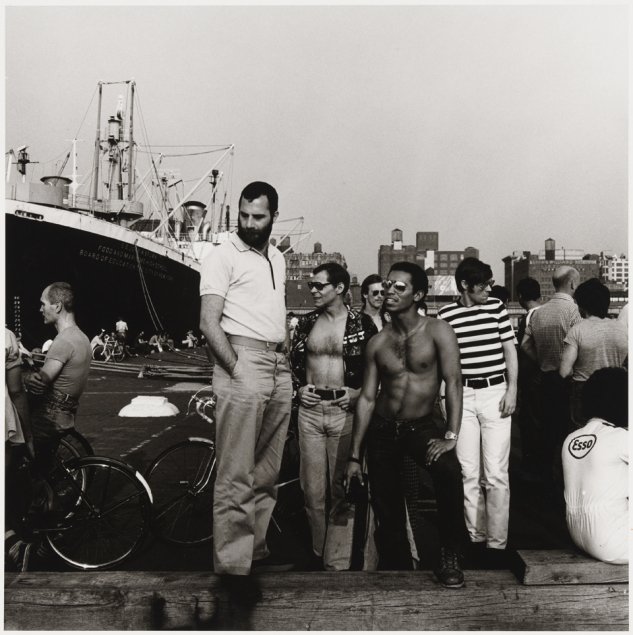
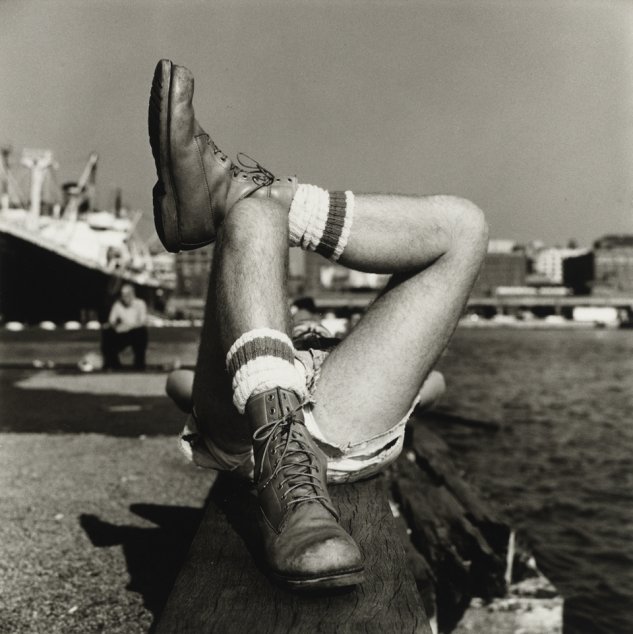
Sadly, Hujar and his lover, artist David Wojnarowicz, were among the many people lost to the disease in the city (Hujar died in 1987, Wojnarowicz in 1992). Throughout their lives the two were often the subject of each other’s work. In a heartbreaking and poignant piece, Wojnarowicz famously photographed Hujar just after he died.



